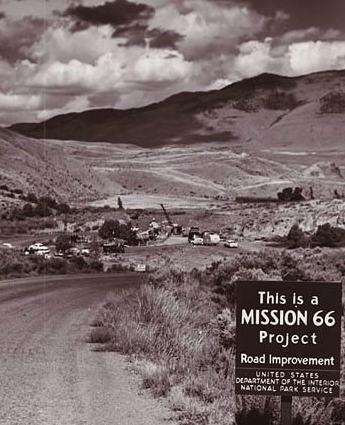To provide observations and information on the emerging fields of landscape scale conservation, heritage preservation, and sustainable community development.
Newsletter
Stay up-to-date with the latest nature, culture and community news.
We won’t spam you or share your information. Newsletters are sent approximately 10 times a year. Unsubscribe at any time.

Anthropogenic Landscapes: The Idea of PLACES
The following article theorizes that by arranging the occurrence of plants and animals into anthropogenic landscapes, ancestral Native Americans had developed new types of economic systems. Through managing nut groves, fruit orchards, and berry patches, utility and medicinal gardens for examples, close to their home-base residences, Native Americans were able to successfully and sustainably manipulate their environments, ensuring predictable yield, while decreasing effort and distance traveled to desired resources

NPS and Anniversaries
In 2016, the National Park Service will celebrate its 100th anniversary. If you work for or with the NPS, this is probably old news. However, for those outside of conservation and preservation circles, the information may well come as a surprise. Coverage of the upcoming NPS centennial in popular media has been relatively scarce, with prominent sources like the New York Times, Washington Post and Los Angeles Times, for example, devoting little coverage to the Agency’s plans for the upcoming year. What, if anything, does this relative lack of attention reveal about the current and future state of the NPS as well as its many affiliated programs and partnerships?

Anthropogenic Landscapes: The Idea of PLACES
The following article theorizes that by arranging the occurrence of plants and animals into anthropogenic landscapes, ancestral Native Americans had developed new types of economic systems. Through managing nut groves, fruit orchards, and berry patches, utility and medicinal gardens for examples, close to their home-base residences, Native Americans were able to successfully and sustainably manipulate their environments, ensuring predictable yield, while decreasing effort and distance traveled to desired resources

NPS and Anniversaries
In 2016, the National Park Service will celebrate its 100th anniversary. If you work for or with the NPS, this is probably old news. However, for those outside of conservation and preservation circles, the information may well come as a surprise. Coverage of the upcoming NPS centennial in popular media has been relatively scarce, with prominent sources like the New York Times, Washington Post and Los Angeles Times, for example, devoting little coverage to the Agency’s plans for the upcoming year. What, if anything, does this relative lack of attention reveal about the current and future state of the NPS as well as its many affiliated programs and partnerships?


